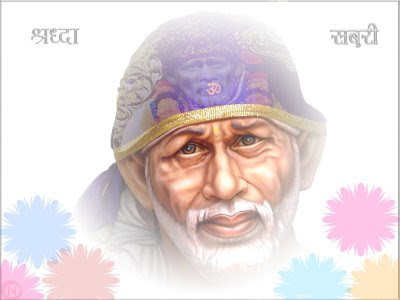what I am about to narrate is not my own experience, but my late mother's. My mother had died when I was in 6th Grade.
My mom's house is in a little village in the state of Kerala, in India. The house was situated on the bank of a small river (it is the tributary to one of the bigger rivers in Kerala). The house is no longer there, having been torn down by my uncle to build a monstrosity of modern architecture in 1990s. The house was very old and I loved it very much because of its location by the river.
I used to think that my mom had the best of all places to grow up in. Of course, she was lucky to be in the midst of all the greenery, on the bank of a beautiful river. But there was a darker shade to it too.
There was a log bridge over the section of the river where it was least wide. The log bridge was made out of two logs of coconut trees, supported on other coconut trunk logs driven deep into the bottom of the river. There was a rope strung along the bridge to hold for support. I remember this bridge, from faint memories, when I had visited my mom's house in the distant past. The bridge has been replaced with a concrete bridge, the river has been clogged with weeds and the water doesn't seem to flow at all nowadays.
My mom, her brothers and her sisters all used to bathe in the river. They used to jump off the log bridge into the river, swim around and take bath on the bank, where steps had been cut into it to the side. One time when my mom was in her teens, she decided to go for a bath in the evening. None of her brothers were at home and her sisters were in the kitchen, helping their mother.
She got on top of the log bridge, jumped off into the water. She was swimming around. To the right of the log bridge, at a distance of 10 meters, there was a deep section of the river. Her parents had strictly warned my mom and her sisters to never swim in this section of the river. While she was swimming she saw a tortoise in the water and swam after it to catch it.
She didn't realize that she was swimming into the deep section. Suddenly the tortoise duck into the water and disappeared. Disappointed, she decided to swim back to the log bridge and start her bath. Suddenly, she felt a hand grab her leg and pull her deep into the water.
It was spring season, the water wasn't that cold. But she used to swear to us that the hand that grabbed her leg was icy cold. And she used to say that she knew it was a hand itself because she knew how the underwater plants and weeds feel like on your skin or cling to your skin.
She started screaming loudly. Suddenly a neighbor saw her, ran, dove into the river, caught her by her hair, and dragged her closer to the steps in the banks. By this time, she had fainted.
When she woke up, all the family was around her. They were enquiring as to what happened. She explained about the hand grabbing her leg and pulling her down. My grandparents calmed my mom down saying it is only a cluster of weeds in which she had caught her leg in and it's not a big issue and warned her not to swim in that section again. My mom was not so convinced, but let it go. For a week she used to have nightmares of the hand grabbing her leg.
A few weeks later, my mom and her sisters was visiting the neighbors. The old lady at their house, close to 102 years, told her that the particular section of the river is haunted. Her aunt, who was jilted in love, had committed suicide by jumping into river at same location (where my mom's leg was grabbed) when the old lady was still a child and it was her spirit that is haunting the river.
My mom and her sisters sat there with chills in their bones. The old lady's daughter also confirmed the same that the aunt was reported to have committed suicide there and her spirit doesn't want anybody to be happy and tries to make everyone who swims in the deeper section suffer. When my mom asked her parents, they did know about it all but didn't want to scare any of their children.
My mom and her sisters never went swimming in the river again and switched to bathing in a pool, built close to the house.



